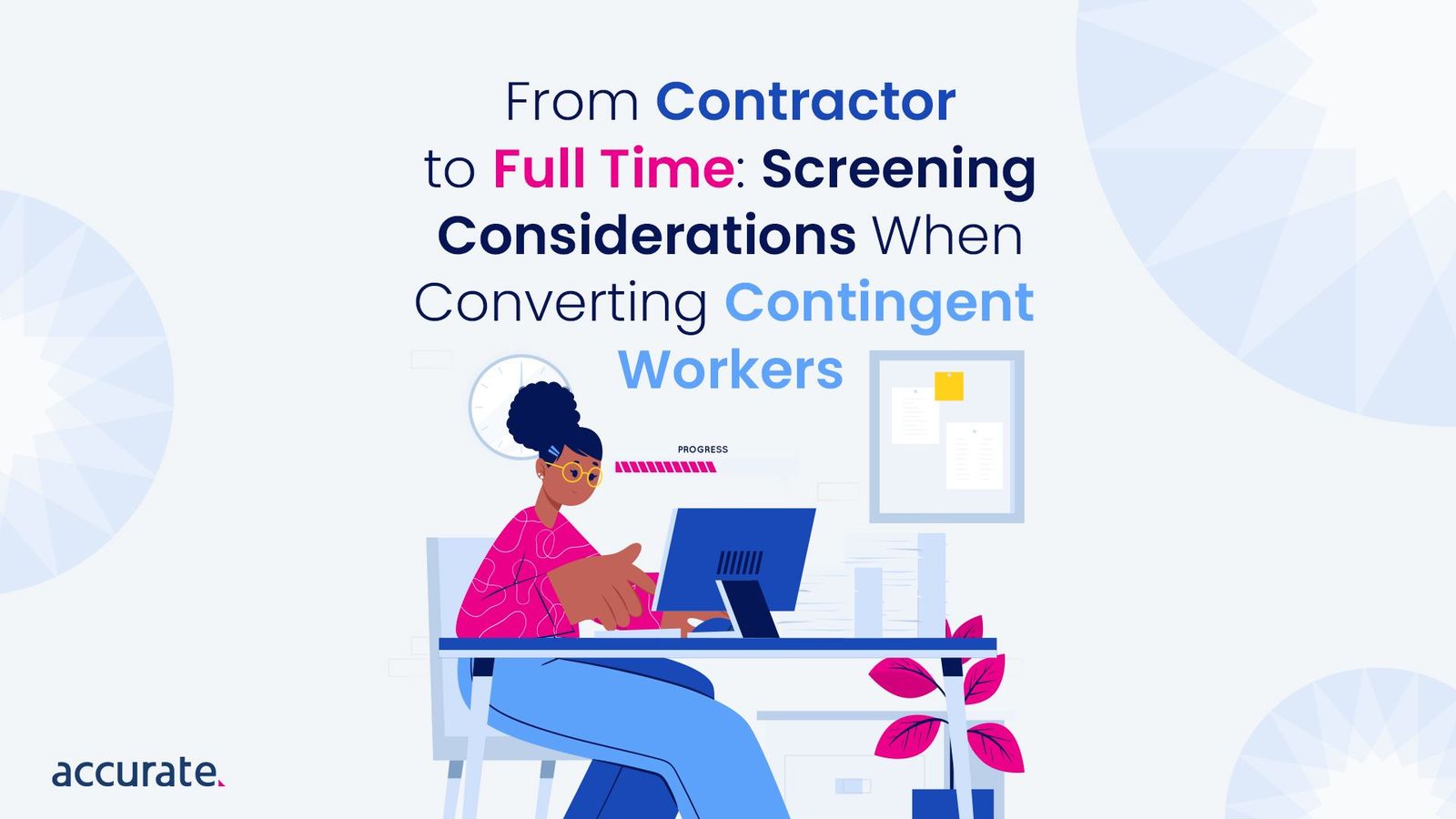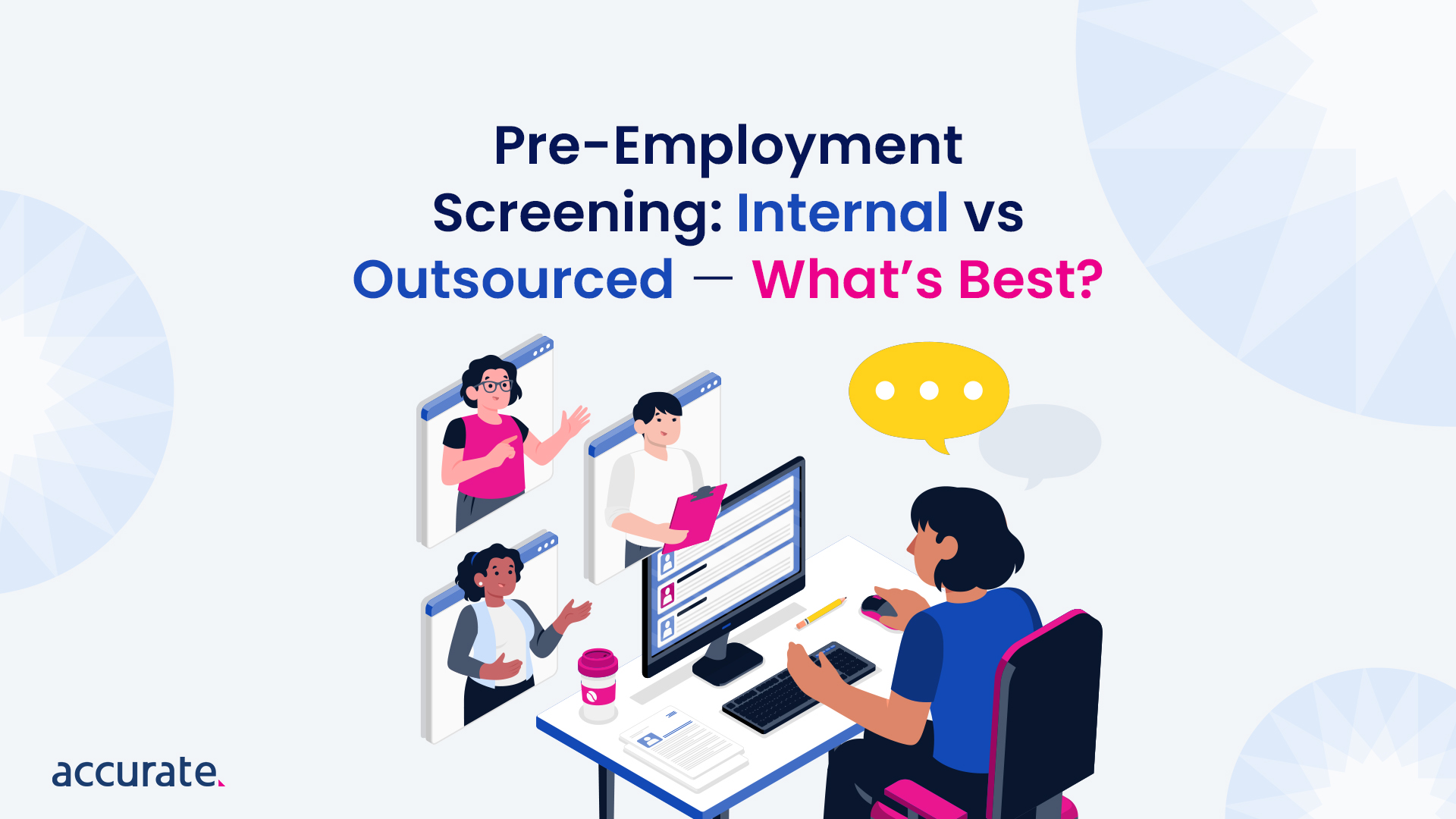Disclaimer: The contents of this article do not constitute legal advice, are not intended to be a substitute for legal advice and should not be relied upon as such. You should seek legal advice or other professional advice where appropriate in relation to any issues you or your organisation may be facing.
In today’s digital age, the lines between work and personal life have become increasingly blurred. With the constant connectivity enabled by smartphones, laptops, and other devices, it’s all too easy to find ourselves checking emails, responding to messages, or attending to work-related tasks long after traditional office hours have ended.
This always-on work culture can significantly affect our well-being, leading to burnout, stress, and a lack of work-life balance.
While the “right to disconnect” concept has been gaining traction globally, Australia has now taken a significant step towards enshrining this principle into law.
In February 2024, the Fair Work Amendment (Right to Disconnect) Bill 2023 [No. 2], introduced by the Greens, passed through Parliament and is currently awaiting royal assent. This new legislation amends the Fair Work Act 2009 to prevent employers from contacting employees outside of work hours. It stipulates that employees are not required to monitor, read, or respond to work communications during non-work times.
The right to disconnect has the potential to benefit both employers and employees. For employers, it can lead to a more productive, engaged, and loyal workforce, reduced turnover rates, and improved company reputation.
On the other hand, employees can enjoy better mental health, increased job satisfaction, and the opportunity to disconnect and recharge without fear of repercussions.
With the new legislation set to commence six months after receiving royal assent, Australian workplaces will soon need to adapt to this significant change. In this blog post, we’ll explore what the right to disconnect means for Australian employers and employees, its potential benefits, and strategies for successful implementation.
The Need for Work-Life Balance
The rise of the “always-on” work culture can be directly attributed to the proliferation of technology in our daily lives. Smartphones, laptops, and other devices have made it possible to stay connected to work around the clock, blurring the boundaries between our professional and personal spheres.
While this constant connectivity may seem convenient or even necessary in some industries, it can severely affect our overall well-being. Numerous studies have linked excessive work demands and the inability to disconnect from work to increased stress levels, burnout, sleep disturbances, and a higher risk of mental health issues such as anxiety and depression.
Moreover, a lack of work-life balance can negatively impact productivity and job performance. When employees are constantly bombarded with work-related communications and tasks during their personal time, they may struggle to truly recharge and rejuvenate, decreasing focus, creativity, and overall effectiveness.
In Australia, the issue of work-life balance has become increasingly prominent, with research indicating that many Australians struggle to achieve a healthy balance between their professional and personal lives.
According to the National Health and Safety Commission, work-related stress accounts for the longest stretches of absenteeism. And in 2020-2022, 15% of Australians aged 16-85 experienced high or very high levels of psychological distress, which can be linked to work stress.
Legal Framework of Australia’s Right-To-Disconnect Laws
While the “right to disconnect” concept has gained traction globally in recent years, Australia has now taken concrete steps towards enshrining this principle into law. In February 2024, the Fair Work Amendment (Right to Disconnect) Bill 2023 [No. 2], introduced by the Australian Greens, passed through Parliament and is currently awaiting royal assent.
This new legislation amends the Fair Work Act 2009 to prevent employers from contacting employees outside of work hours. It stipulates that employees are not required to monitor, read, or respond to work communications during non-work times. The right to disconnect will commence six months after receiving royal assent.
Before this bill, Australia did not have any specific laws or regulations addressing the right to disconnect. However, the issue has been on the radar of various organisations and government bodies.
For example, the Australian Council of Trade Unions (ACTU) has been advocating for better work-life balance and the right to disconnect, citing the negative impacts of excessive work hours on mental health and productivity.
While the upcoming legislation is a significant step forward, how effectively it will be implemented and enforced across different industries and workplaces remains to be seen. Employers and employees alike will need to adapt to this new reality and find ways to strike a healthy balance between work demands and personal time.
As Australia navigates this transition, it can look to other countries already implementing similar laws or policies.
For example, France has had a “right to disconnect” law in place since 2017, requiring companies with more than 50 employees to establish policies that limit out-of-hours work communications. Other nations, such as Italy, Spain, and Portugal, have also introduced various measures to protect employees’ ability to disconnect from work.
Benefits for Employers
While the right to disconnect may initially seem like a burden for employers, it presents numerous potential benefits that can positively impact their organisations and bottom lines.
Improved Employee Well-being and Productivity
When employees can truly disconnect and recharge, they are more likely to return to work feeling refreshed, focused, and motivated. This can lead to increased productivity, creativity, and overall job performance. Additionally, by promoting work-life balance, employers can reduce the risk of burnout, which can be costly regarding absenteeism, turnover, and decreased productivity.
Reduced Turnover Rates
Employees who feel valued and supported by their employers are likelier to remain loyal to the company. Implementing policies that respect employees’ right to disconnect can demonstrate employers’ commitment to their employees, foster positive work cultures, and reduce costly staff turnover.
Enhanced Company Reputation and Attractiveness
In today’s competitive job market, companies prioritising work-life balance and employee well-being can gain a significant advantage in attracting and retaining top talent. Employers embracing the right to disconnect can position themselves as forward-thinking and socially responsible organisations, attracting employees who value a healthy work-life balance.
Cost Savings
While implementing the right to disconnect may require some initial investment in policy development and training, the long-term benefits can lead to significant cost savings for employers. Employers can see a positive return on investment by reducing absenteeism, turnover, and the costs associated with hiring and training new employees.
Benefits for Employees
The right to disconnect offers numerous benefits for employees, promoting better work-life balance, mental health, and overall well-being. Employees who are able to truly disengage from work during non-work hours can benefit from the following:
Better Work-Life Balance and Mental Health
One of the primary benefits of the right to disconnect is the opportunity to achieve a healthier work-life balance.
When employees are not constantly tethered to their work devices and communications, they can dedicate quality time to their personal lives, hobbies, and relationships. This separation between work and personal time can significantly reduce stress levels, improve mental health, and prevent burnout.
Increased Job Satisfaction and Engagement
Employees who feel respected and supported by their employers are more likely to experience higher job satisfaction and engagement. Employers who implement policies that respect employees’ right to disconnect foster a positive work culture and a sense of loyalty.
Opportunity to Recharge and Rejuvenate
Disrupting from work during non-work hours allows employees to recharge and rejuvenate truly. This downtime is crucial for maintaining focus, creativity, and productivity. When employees return to work feeling refreshed, they are better equipped to tackle challenges and contribute their best efforts.
Improved Work Performance
Well-rested and mentally recharged employees are more likely to perform better at work. Disconnecting from work-related tasks and communications during personal time can prevent the negative effects of burnout, such as decreased productivity, poor decision-making, and increased mistakes.
Reduced Risk of Health Issues
Chronic stress and the inability to disconnect from work have been linked to various health issues, including sleep disorders, cardiovascular problems, and mental health conditions like anxiety and depression. Respecting employees’ right to disconnect reduces their risk of developing these health problems, resulting in improved health overall.
Compliance for HR Professionals
With the Fair Work Amendment (Right to Disconnect) Bill 2023 set to commence in Australia, HR professionals must take proactive steps to ensure compliance and foster a culture that respects employees’ ability to disengage from work during non-work hours.
Here are some strategies and considerations for implementing the right to disconnect:
- Developing clear policies and guidelines: Employers should develop comprehensive policies and guidelines that outline expectations and boundaries around work-related communications and tasks during non-work hours. These policies should be communicated clearly to all employees and consistently enforced across the organisation.
- Providing training and education: Implementing the right to disconnect may require a cultural shift within organisations. Employers should provide training and education to managers and employees alike, emphasising the importance of work-life balance and the benefits of disconnecting from work during personal time.
- Encouraging mindful use of technology: While technology has enabled constant connectivity, it can also promote work-life balance. Employers can encourage employees to set boundaries around using work devices and communication channels during non-work hours, such as by disabling email notifications or setting automatic out-of-office replies.
- Leading by example: Managers and leaders within the organisation should model the behaviour they expect from their employees. Set an example of work-life balance and respect their right to disconnect by avoiding work-related communication during non-work hours.
- Addressing potential challenges: Implementing the right to disconnect may present challenges, such as concerns about productivity or the need for flexibility in certain industries or roles. Employers should be prepared to address these concerns and work collaboratively with employees to find solutions that balance the business’s needs with the workforce’s well-being.
Potential Legal Consequences for Non-Compliance
Failure to comply with the new “right to disconnect” laws can result in significant legal consequences for employers. Potential risks include:
- Financial penalties and fines for non-compliance with the Fair Work Act.
- Lawsuits from employees for violations of their rights, lead to additional legal costs and potential damages.
- Reputational damage and negative publicity, impact the organisation’s ability to attract and retain top talent.
- Increased employee turnover and decreased productivity due to poor work-life balance and dissatisfaction.
Practical Implementation Strategies
To ensure alignment with legal standards, HR departments should take the following steps:
- Review and update existing policies related to work hours, communication, and technology use to incorporate the right to disconnect principles.
- Develop comprehensive training programs to educate managers and employees on the new policies, their rights and responsibilities, and the importance of work-life balance.
- Implement monitoring and reporting mechanisms to track compliance and identify potential violations.
- Establish clear disciplinary procedures for instances of non-compliance, ensuring consistent enforcement across the organisation.
- Collaborate with legal counsel to ensure policies and procedures meet all legal requirements and mitigate potential risks.
- Regularly review and update policies and procedures as needed to reflect any changes in legislation or best practices.
The Future of Work-Life Balance
The implementation of the right to disconnect in Australia represents a significant step towards promoting a healthier work-life balance and addressing the challenges posed by an always-on work culture.
However, this is just the beginning of a broader cultural shift that will shape the future of how we approach work and personal life.
As more organisations embrace the right to disconnect, it has the potential to catalyse a fundamental change in workplace norms and societal attitudes towards work. Employees may feel empowered to set firmer boundaries and prioritise their well-being without fear of repercussions, leading to a more sustainable and fulfilling approach to work.
However, achieving a true work-life balance will require ongoing dialogue and collaboration between employers, employees, and policymakers. As technology continues to evolve and new challenges emerge, there will be a need to continuously reevaluate and refine policies and practices to ensure they remain relevant and effective.
Additionally, it is crucial to address the potential inequalities that may arise from the implementation of the right to disconnect. Certain industries or roles may face unique challenges in adhering to strict disconnection policies, and it is essential to find solutions that accommodate these nuances while still prioritising employee well-being.
Looking ahead, the future of work-life balance will likely involve a more holistic approach that integrates technology, workplace policies, and cultural shifts. Employers may explore innovative solutions such as flexible work arrangements, remote work options, and the integration of well-being programs into their organisational structures.
Ultimately, the successful implementation of the right to disconnect in Australia is not just about compliance with legislation; it is about fostering a cultural shift that values and prioritises the well-being of employees.
Key Takeaways
- The new “right to disconnect” legislation in Australia aims to protect employees from work encroaching on personal time, promoting better work-life balance and well-being.
- Successful implementation requires a collaborative effort – employers must develop clear policies, provide training, and lead by example, while employees set boundaries around technology use.
- Both employers and employees stand to benefit – improved productivity, engagement and retention for companies, and better mental health and job satisfaction for workers.
- While challenges exist, Australia can learn from other countries’ best practices in rolling out similar disconnection policies and rights.
- Embracing this cultural shift towards valuing work-life balance unlocks the full potential of the workforce and creates a more sustainable future for all.
- Ongoing dialogue, reevaluation of strategies, and prioritising employee well-being will be crucial as work culture continues to evolve.
Together, we can create a future where work and personal life coexist in harmony, fostering a healthier, more balanced, and more productive society.



